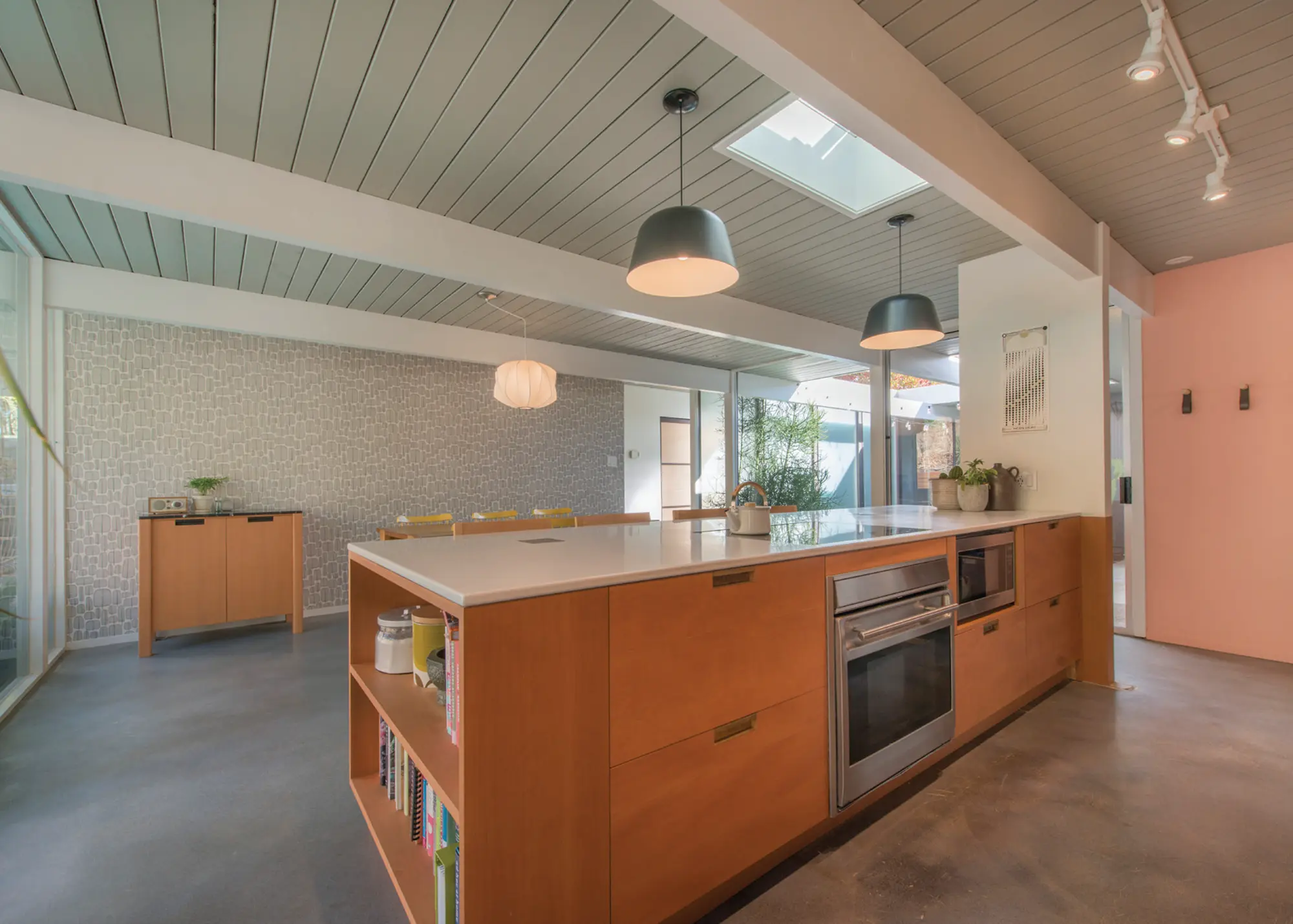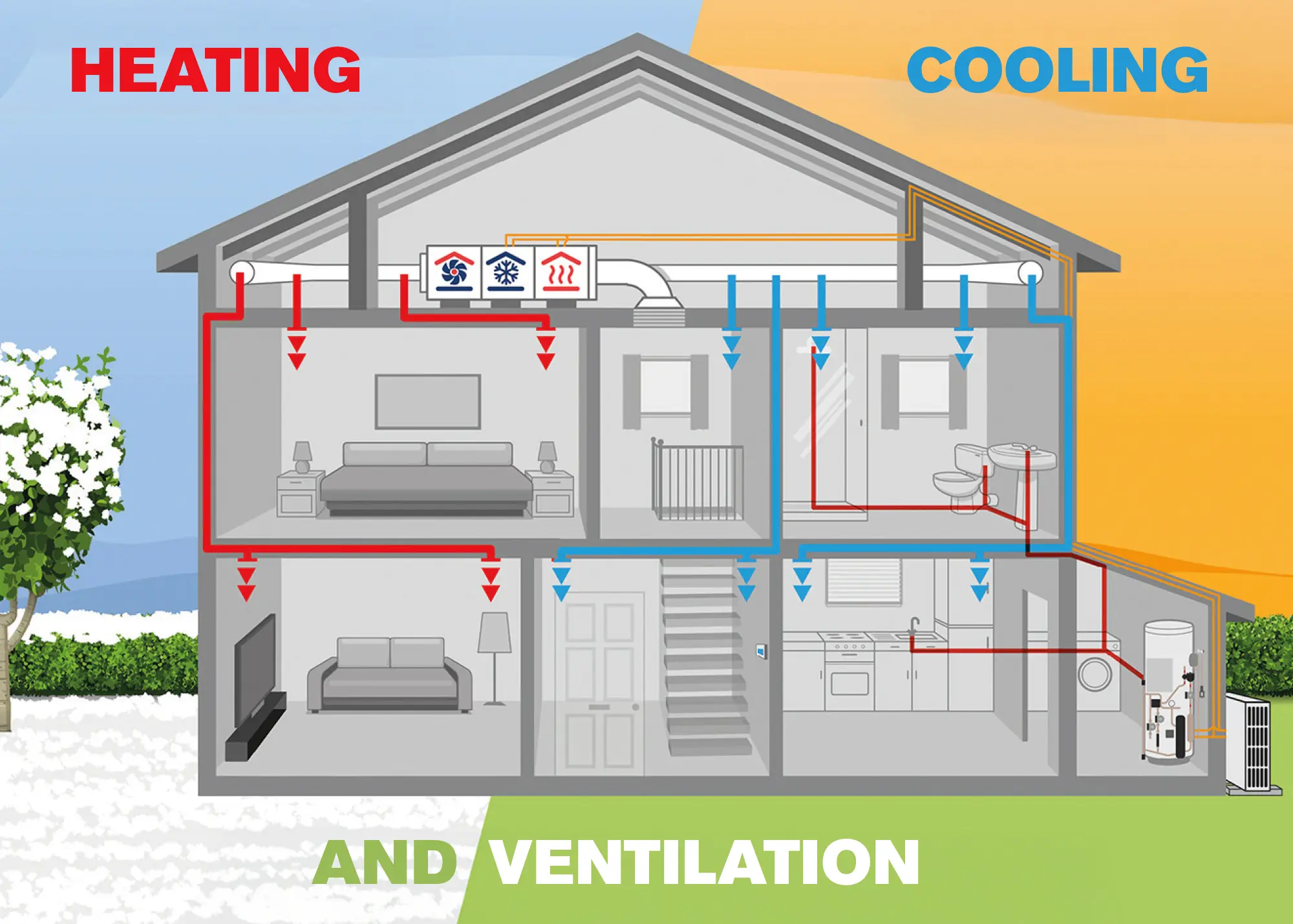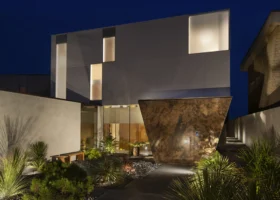
21st-22nd February 2026 - time to get your dream home started!
BOOK HERE
21st-22nd February 2026 - time to get your dream home started!
BOOK HEREIt may not feel very traditionally British to worry about being too warm, but according to the Met Office, the number of hot days (28°C) has more than doubled and very hot days (30°C) trebled in the last decade compared to the latter part of the 20th century. Recent changes to Building Regulations have focused on delivering better insulated, more airtight homes, designed and constructed to retain as much heat as possible to save on energy and carbon emissions in the colder months. Meanwhile, self builders and developers naturally want to take advantage of large areas of glazing to maximise light and views.
Add all of that up, and you have a recipe for stuffy, overheated living spaces – something the government has had a first stab at addressing with the relatively new Part O of the Building Regulations, which came into effect in June 2022. The result? Effective strategies to keep our living spaces cool are fast becoming the hottest ticket on a self builder’s wish list. The secret to getting this right lies in how we handle the air in our homes.
Air can be cooled (and heated) much faster than water. So, systems that directly control the temperature and quality of the air offer a highly efficient, responsive route to achieving your ideal indoor environment. Of course, we’ve all seen this principle in operation in the form of the air conditioning in our cars, or in hotel rooms on holiday.
Traditional air conditioning has a number of drawbacks, however. They tend to dump air into a space unevenly, for instance, creating draughts and erratic temperatures across different parts of the room. What’s more, they’re not known for their good looks: few of us want such unsightly, space-hogging wall bling in our lovely new builds!

Even in minimalist interiors, it’s tough to identify the sleek, discreet Unico HVAC outlets that deliver precise control over a zone’s cooling, heating and air quality
Thankfully, there’s a modern alternative in the form of all-in-one, centralised HVAC (heating, ventilation and cooling) solutions – such as The Unico System. A quality HVAC install is ideal for overcoming those traditional issues and achieving your perfect living environment. For instance, Unico works on the aspiration principle, whereby suction draws the existing room air into the stream of cooled air. The new supply is also delivered at high velocity, which means it will mix more efficiently with the room air.
The result is even, draught-free and consistent cooling and heating throughout the home, along with the benefit of fresh filtered air. What’s more, The Unico System also removes up to 30% more humidity than conventional aircon solutions. This means you can keep your thermostat a few degrees higher in summer, while still enjoying the same comfort levels – saving on energy costs.
It’s fair to say HVAC is better known in the US than Britain. That’s changing, however, as UK homeowners, specifiers and builders awaken to HVAC’s ability to deliver an efficient, highly controllable internal climate. With HVAC, forward-thinking self builders can have it all – heating, ventilation, cooling and great air quality – in a comprehensive package from a single provider, giving you confidence the solution you specify will deliver as expected.

The Unico System: Your 3-in-1 solution
As a centralised system, Unico’s main air handler is typically sited in the loft or plant room, with supply ducting running from there. The small, flexible ducting provides for limitless design opportunities in new build homes, as well as making integration straightforward as part of the first fix work – so trades won’t be fighting over space in the floor voids, and you get a clean finish that preserves that beautiful interior you’ve put your heart and soul into designing.
In addition to efficient heating and cooling, The Unico System provides ideal ventilation rates, filters out allergens and toxins, and manages a home’s humidity levels to boost indoor air quality. Importantly, all of this is delivered in a whisper-quiet, discreet package via barely-visible ceiling, wall or floor outlets to fit with your design goals (just see if you can spot them in the kitchen-diner project featured in this article!).
